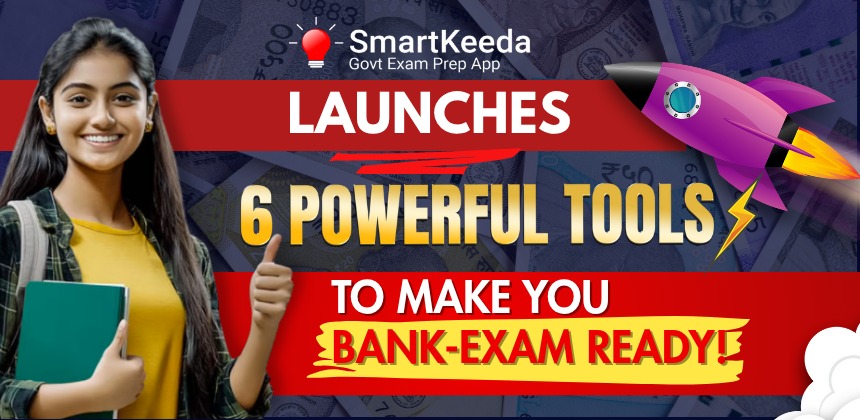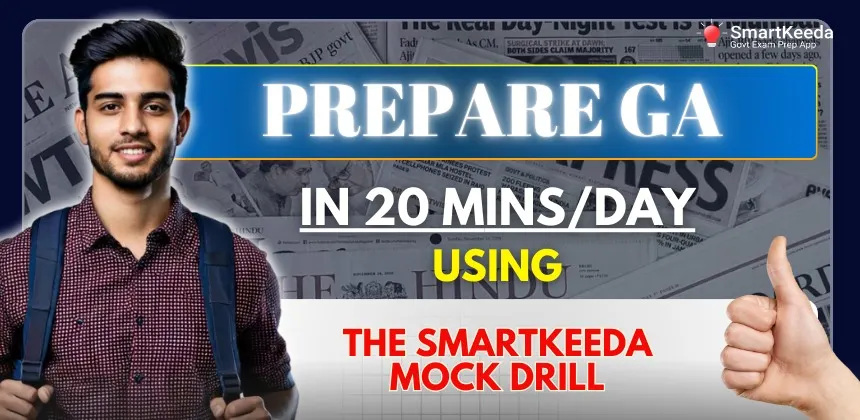Learn How to Prepare New Pattern Based CLAT 2020 General Awareness Section in Detail with Study Source
The Common Law Admission Test (CLAT) is the centralized, national level entrance examination for admission to the National Law Universities of India.
The CLAT pattern for the 2020 exam was modified by the Consortium of National Law Universities, with the shift in focus towards the evaluation of comprehension and reasoning abilities of test-takers.
The Examination is a 150 MCQs based test of 2 hours, with each question carrying 1 mark and 0.25 marks being deducted for a negative one.
There are five sections on which a student is tested. It includes –
- English Language
- Current affairs including General Knowledge
- Logical reasoning
- Legal reasoning
- Quantitative techniques
In this article, we will look at the structure of questions and how to score well in the GK section.
Preparing for the CLAT 2020 GK Section
On average, there are 35 to 40 questions in the GK section. This means that if you prepare this section well, a major chunk of marks can be fetched from this section. Talking about the 150 questions, to get into a good National Law university ie Bangalore, Hyderabad or Kolkatta, the cutoff can be around 120 and that is where the current affairs section plays an important role.
For an overall good score, getting a 30+ score in this section is manageable, provided you get the right guidance and do not unnecessarily waste your time.
The latest pattern follows a passage-based approach with 4 to 5 Questions per set, with the word limit for the passages ranging from 250 to 350 words.
For example, the previously held paper included topics such as
- Amazon Fire (Environment)
- Bhima Koregaon Case (Social issue)
- Kulbushan Jadhav Case (International Events)
- Chief of Defence Staff (Current events)
- Greta Thunberg (Environment)
- Nobel Prize Winners (Awards & Honours)
Based on the pattern, it can be deduced that one needs to have a detailed background about a particular issue. For example, in the case of Environment, one needs to know about UNFCCC, Rio Earth Summit, Kyoto Protocol, Paris convention etc.
The one-liner approach of reading current affairs needs to be replaced with the issue-based approach. It involves using the What, When, How and Why approach. Breaking down the issue in this way will help you gain overall knowledge about an issue.
Speaking of the Indian legal issue and Constitution, you need to know about the ongoing issues. For example, the President’s order on Jammu & Kashmir, Citizenship Amendment act etc.
Along with this, one also needs to brush up on the Static GK part as well.
In the case of Social issues, the issues which have a historical connection are particularly important. For example, the Bhima Koregaon case. One needs to know the historical facts and backgrounder, which led to the development of the issue.
The earlier GK questions have now been replaced with lengthier questions which require you to read and understand the passage properly. Thus, reading skills play a crucial role and will be the deciding factor, on whether you are able to complete the section in time or not. The ideal to time finish the section is within 20 to 25 minutes, which means you need to work on reading thoroughly and develop the capability of understanding.
In case of the earlier pattern, one could leave the question unattempted in case of no knowledge related to it, however, with the passage-based questions coming into the picture, you need to ensure about having knowledge about a particular issue.
Nature of the CLAT GK Section
1. Issued based section with a mix of static & current
It is an issued based section with a mix of static and current affairs. So, it is important to choose a source which provides you with a backgrounder of a particular topic and not the one-liner current affairs.
At Smartkeeda, we bring you free CLAT Current Affairs Quiz, to help you understand the exam pattern, issues in the news and the questions which can be formulated related to such events.
Once, you develop an understanding related to the issues being asked, you will automatically begin to sort out information from the source you prefer to read.

2. Students are checked on two fronts
You need to work on both current affairs and static GK to sail through the exam. Procrastination will only work to pull you back, set a target to complete news. You can work with a daily, weekly and monthly goal to cover relevant issues, while simultaneously revising it. Remember, revision is equally important, else there are so many issues to cover, which you are likely to forget.
3. Important list of topics to be covered
- Art & Culture
- Contemporary Legal issues / Constitutional Amendments
- National & International affairs
- Historical events of continuous significance
- Environment
How to Approach CLAT GK Section:
1. Focus on issue-based current affairs and do not work on tit-bits news in a random manner.
Pick up an issue and proceed with it in a detailed manner.
For example - Consider the India- China border standoff. You can start by knowing about the current Area of dispute i.e Line of actual control, about the frequent transgressions in the border areas like Naku La, Pangong Tso and the current attempts to resolve the issue. Simultaneously, you can target Static GK by knowing about the location of Naku La pass about Pangong Tso. In this way, you can track both static GK as well as current events.
2. Try to diversify you reading
Include topics from Historical events, Indian constitution and polity, dates, economics, art & culture, International organisations. The more you read, the better grasp you get off the topics and the quicker you will be able to attempt such questions in the exam.
3. Improve on learning
Adopt the approach of What, Where, Who, When and Why?
This will help you improve your knowledge of an issue.
Sources of Study for CLAT GK:
1. Regularly read a Newspaper
2. Study Static GK from any compendium in the market
3. Follow Smartkeeda Quizzes and Current affairs.
4. Here are the some important links with new pattern questions quizzes.
| Legal Reasoning for CLAT |
| English Including Comprehension |
| Logical Reasoning for CLAT |
| Quantitative Techniques |
| Current Affairs for CLAT |
With regular study and assessment with the help of quizzes, you will be able to improve on the weak areas and be ready to pass the CLAT exam with flying colours
Regards,
Team Smartkeeda








